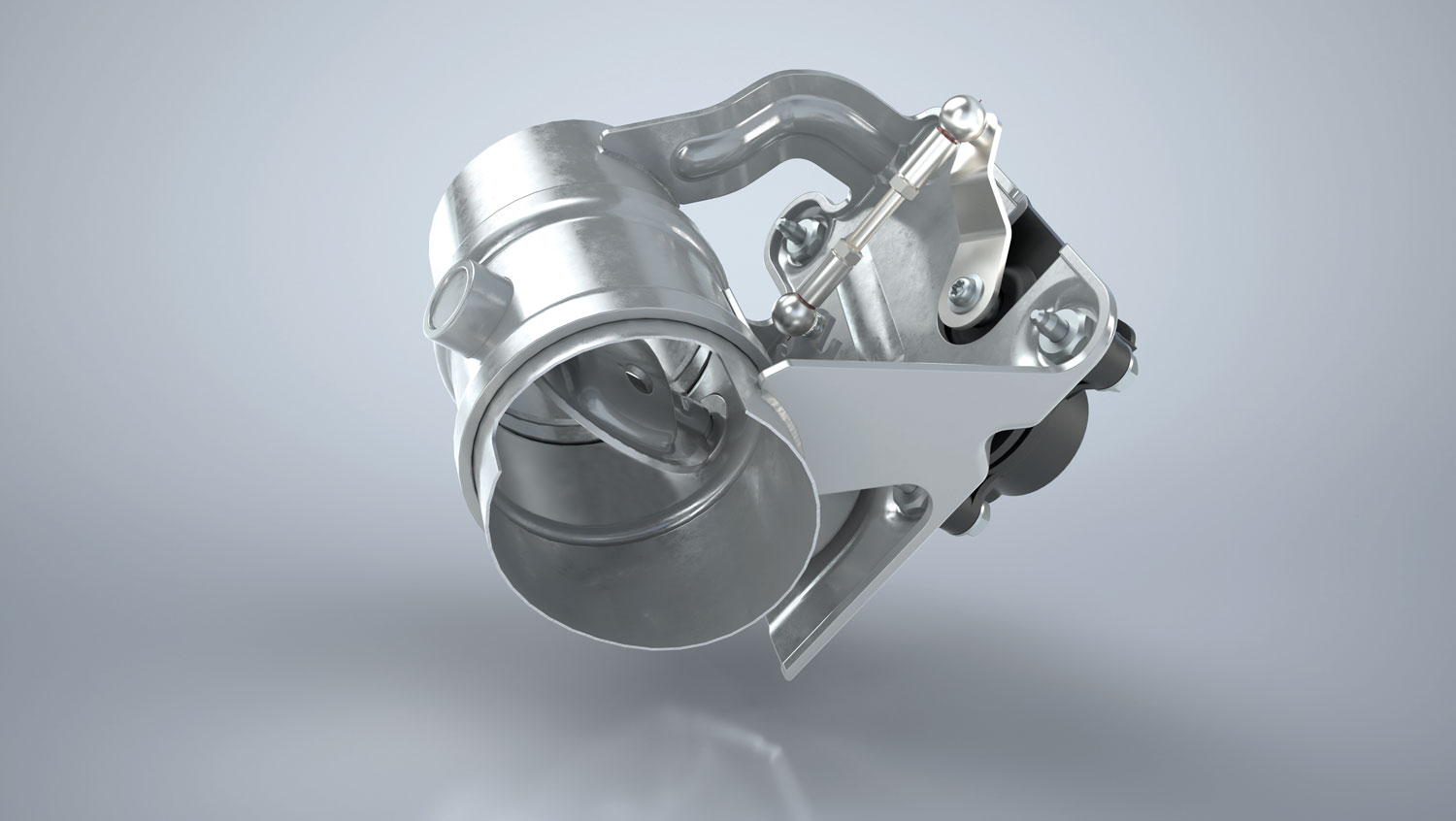The engineering wizardry of the 2020 Corvette’s exhaust
As the C8 Corvette has made the transition to its new mid-engine layout, team Corvette has been quick to point out that the configuration allows for better weight transfer on acceleration. They’ve also pointed out the C8’s lower polar moment of inertia, which enables the car to rotate more quickly, and the driver’s totally different point of view—the front wheels are much closer.
One of the benefits of a mid-engine design that hasn’t been mentioned much, however, is that the overall length of the exhaust system is much shorter. The shorter the overall length of the exhaust, the less power is lost pushing the spent gasses out of the combustion chamber and through a maze of tubing. However, there are challenges that come with that packaging. Since the exhaust has less distance to travel, it has less time to cool off, so it’s hotter when it reaches the muffler and exhaust tips.
Tenneco, Inc. was tasked with providing the exhaust for the C8 Corvette Stingray from the catalytic converter back. In a press release, it noted that the “standard exhaust unit is equipped with two newly developed valves with enhanced heat resistance designed to work in concert with the vehicle’s Active Fuel Management system to support the engine’s cylinder deactivation function for optimum efficiency and lower emissions.”

That means every 2020 Stingray will use one valve per exhaust bank to limit exhaust flow when the Stingray’s 6.2-liter LT2 V-8 operates in four-cylinder mode. While the myth that “engines need backpressure” is untrue, exhaust tubing can be too large for an application. When only four cylinders are firing, the exhaust velocity can slow down in a large tube, lowering efficiency. It’s counterintuitive, but closing down the exhaust can actually improve exhaust gas velocity and flow. It wasn’t mentioned in Tenneco’s release, but the exhaust valve may also be put to use during warm-up to help the catalytic converters get up to operating temperature even faster.
Tenneco’s valves for the C8 exhaust system have to contend with increased temperatures now that they’re much closer to the engine and catalytic converters. To ensure a long life, the valves’ actuators are “decoupled” and placed a bit further away, using a linkage to adjust the butterfly valve in the exhaust flow.
On Stingrays equipped with the optional performance exhaust, two more valves allow the engine’s spent gasses to take a less restrictive path through the muffler to the outboard pair of exhaust tips, freeing up an additional five horsepower.

In addition to the valves, Tenneco’s large muffler for the C8 was also engineered to contend with higher temperatures and is covered in multiple layers of heat shielding. The first layer appears to be fiber-based, while the outer layer looks to be a thin metallic sheet that’s been diamond-pleated to add rigidity. The insulation there is critical since the muffler is directly below the C8’s sizable trunk, and practicality has been a hallmark of Corvette design since the C5 in particular.
The change from front- to mid-engine placement didn’t seem to be much of an issue for Tenneco, but it is something for aftermarket manufacturers to worry about if they too have to include an exhaust valve like the factory piece. This may cause a bit of a delay before we hear even more aggressive exhaust notes from the C8. For the time being, the active exhaust sounds pretty good to us as-is.


